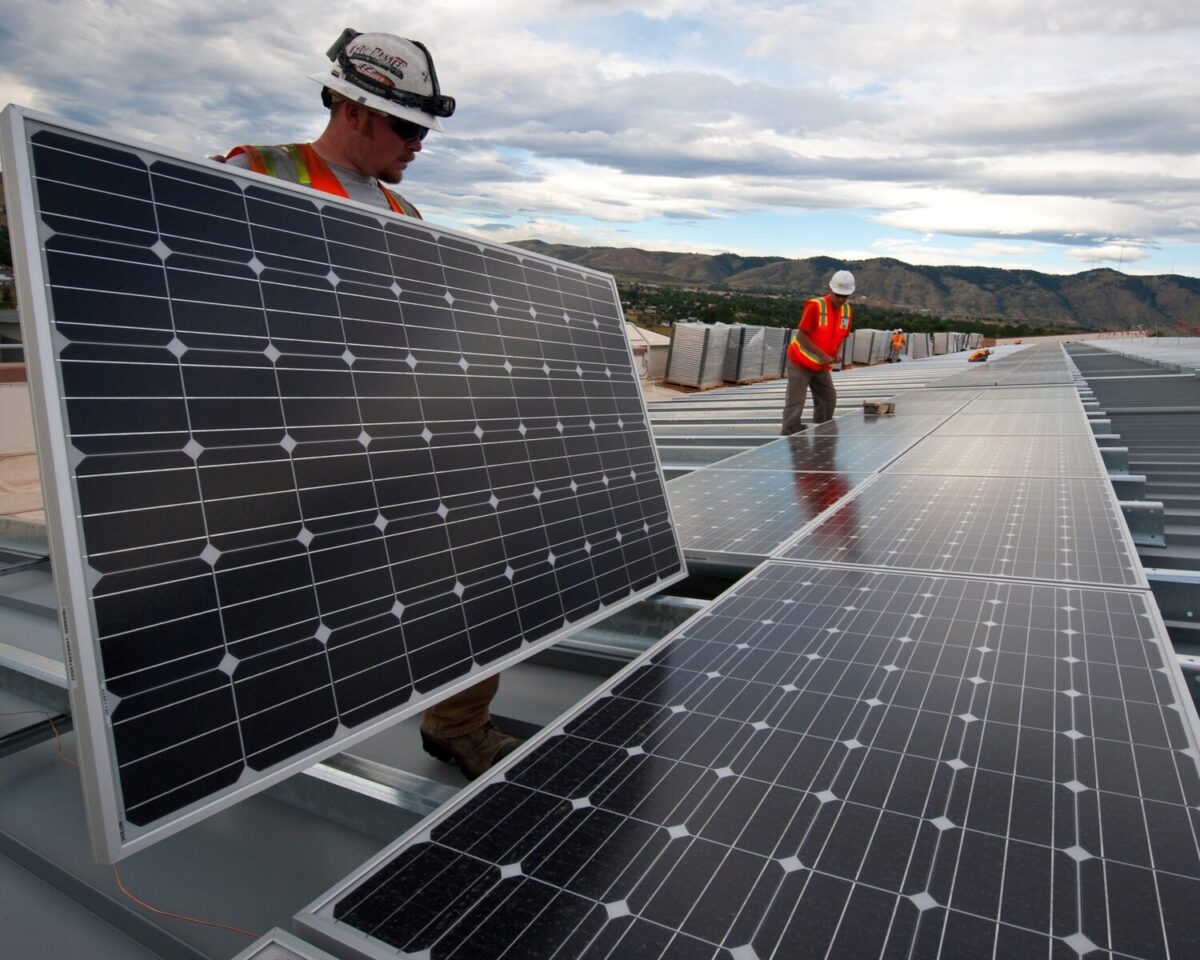DC Green Bank and City First Enterprises (CFE), a Washington D.C. non-profit that invests in underserved communities, announced closing a $320,000 construction-to-permanent loan with Copernican Energy. Copernican is a sustainable energy solutions provider throughout Washington, Maryland and Virginia.
The 125 kW portfolio comprises nine residential solar installations in underserved communities in Washington. The project builds on a 208 kW portfolio, financed by DC Green Bank, that now provides solar power to 23 low-to-moderate income households in Wards 7 and 8.
According to Coalition for Green Capital, green banks are “mission-driven institutions that use innovative financing to accelerate the transition to clean energy and fight climate change”.
DC Green Bank states that this joint effort will help to increase employment opportunities in the area, moving Washington closer to meeting its climate and inclusive development goals. In terms of growth, the city wants to ensure that all residents benefit from the continued economic prosperity and population increase. Washington also wants to be climate resilient and carbon neutral by 2050.
“This deal is a significant milestone for Copernican because this collaboration with DC Green Bank and City First Enterprises demonstrates how mission-driven lending creates an ecosystem for flexible and innovative financing that emerging developers need,” said Chris Turner, a partner at Copernican Energy. “As we continue to scale our business, having capital partners that fill the gaps is crucial to the feasibility of these projects.”
Investing in local enterprises, especially to deliver clean energy solutions, is also critical to Mayor Muriel Browser’s strategy for Washington to achieve carbon neutrality and climate resiliency by 2050. According to the executive office of the mayor, this scheme involves four steps: phasing out on-site fossil fuel combustion in buildings, bringing housing, jobs and daily needs closer together, enabling more residents to walk, bike and take public transit to reach their destination, and assessing how to decarbonize Washington’s consumption-based methods.
DC Green Bank states that the 125kW portfolio will result in greenhouse gas reductions equivalent to removing 2,040 metric tons of carbon dioxide from the air over 20 years. The installation is also expected to generate about 50% of savings in energy bills for participating low-to-moderate income households. According to The U.S. Bureau of Labor Statistics, residents of D.C. paid $0.15/kWh as of December 2022, which EnergySage states is 20% lower than the national average of 0.19/kWh.
This content is protected by copyright and may not be reused. If you want to cooperate with us and would like to reuse some of our content, please contact: editors@pv-magazine.com.








By submitting this form you agree to pv magazine using your data for the purposes of publishing your comment.
Your personal data will only be disclosed or otherwise transmitted to third parties for the purposes of spam filtering or if this is necessary for technical maintenance of the website. Any other transfer to third parties will not take place unless this is justified on the basis of applicable data protection regulations or if pv magazine is legally obliged to do so.
You may revoke this consent at any time with effect for the future, in which case your personal data will be deleted immediately. Otherwise, your data will be deleted if pv magazine has processed your request or the purpose of data storage is fulfilled.
Further information on data privacy can be found in our Data Protection Policy.